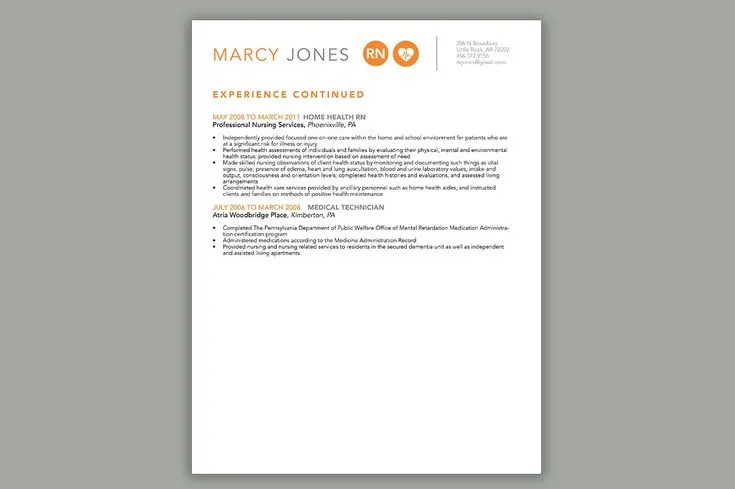Understanding the Nurse Cover Letter
A well-crafted nurse cover letter is your first introduction to a potential employer, and it is a crucial tool in your job application arsenal. This document offers a unique opportunity to highlight your qualifications, skills, and experience in a way that a resume alone cannot. It allows you to go beyond the bullet points and provide a narrative that showcases your personality, passion, and suitability for the role. Creating a compelling cover letter is more than just a formality; it’s an art form and a strategic move to distinguish yourself from other applicants.
The Purpose of a Nurse Cover Letter
The primary purpose of a nurse cover letter is to secure an interview. It serves as a marketing tool, allowing you to sell yourself to the hiring manager and express your enthusiasm for the position. A cover letter should clearly state your interest in the job, explain why you’re a perfect fit, and encourage the employer to learn more about you through an interview. It helps you to connect your skills and experiences to the specific requirements of the job, demonstrating how you can contribute to the healthcare organization’s mission and values.
Essential Components of a Nurse Cover Letter
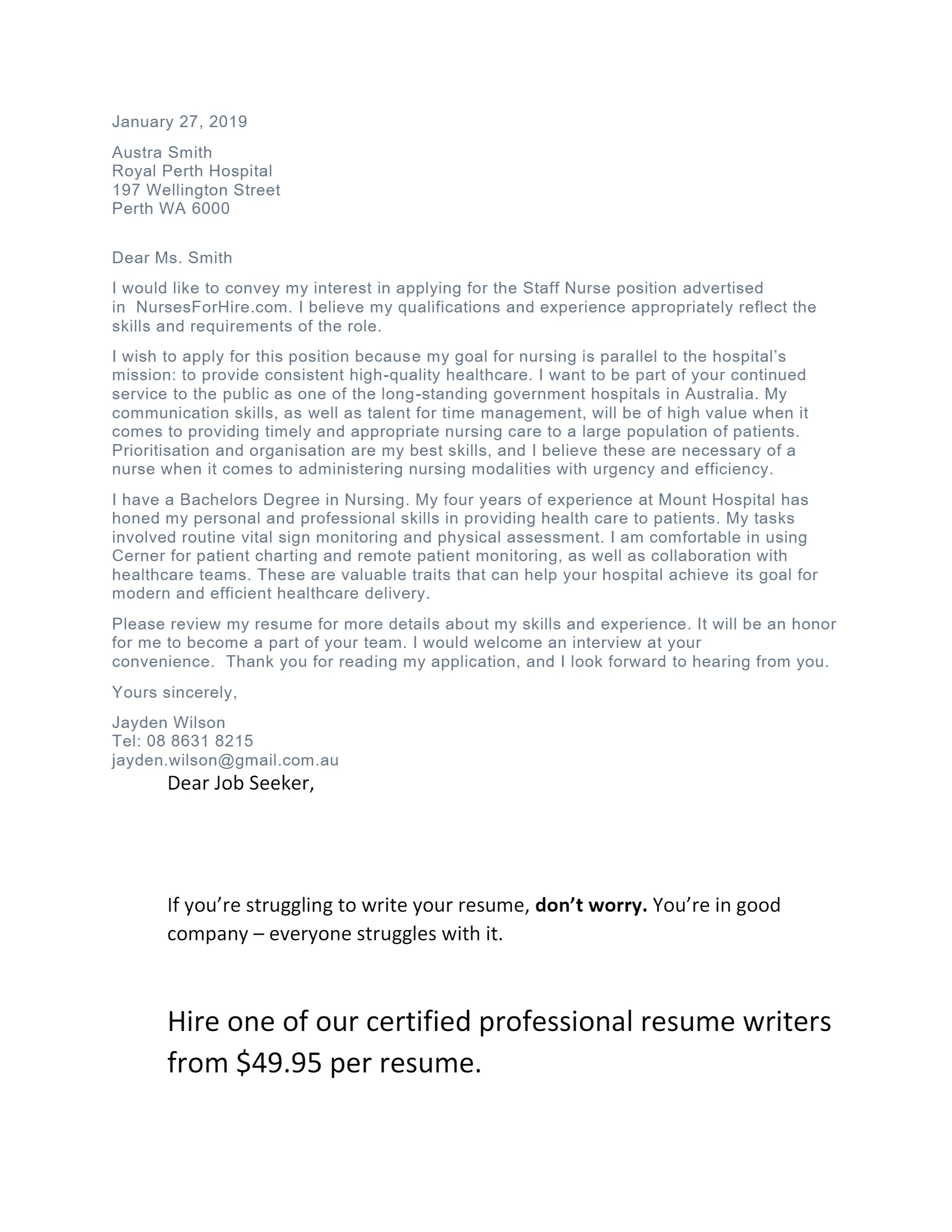
A strong nurse cover letter is built on a foundation of key components that must be presented in a clear, concise, and professional manner. Each element plays a vital role in creating a persuasive argument for why you’re the best candidate for the job. From the contact information to the closing paragraph, every detail contributes to the overall impact of your letter. Neglecting any component can weaken your application and diminish your chances of getting an interview.
Your Contact Information
Begin with your full name, address, phone number, and professional email address. Ensure the email address is professional and easy to read. This section is essential for the hiring manager to easily reach out to you. Ensure this information is up to date and accurate. Make sure it aligns with the contact details on your resume. Your contact information should be clear and easy to find, usually aligned to the left or right of the page.
The Date
Place the date you are writing the letter directly below your contact information. This helps to indicate when the letter was written and submitted, providing context for the application. It is a simple detail, but it also adds to the professionalism of your cover letter.
Hiring Manager’s Contact Information
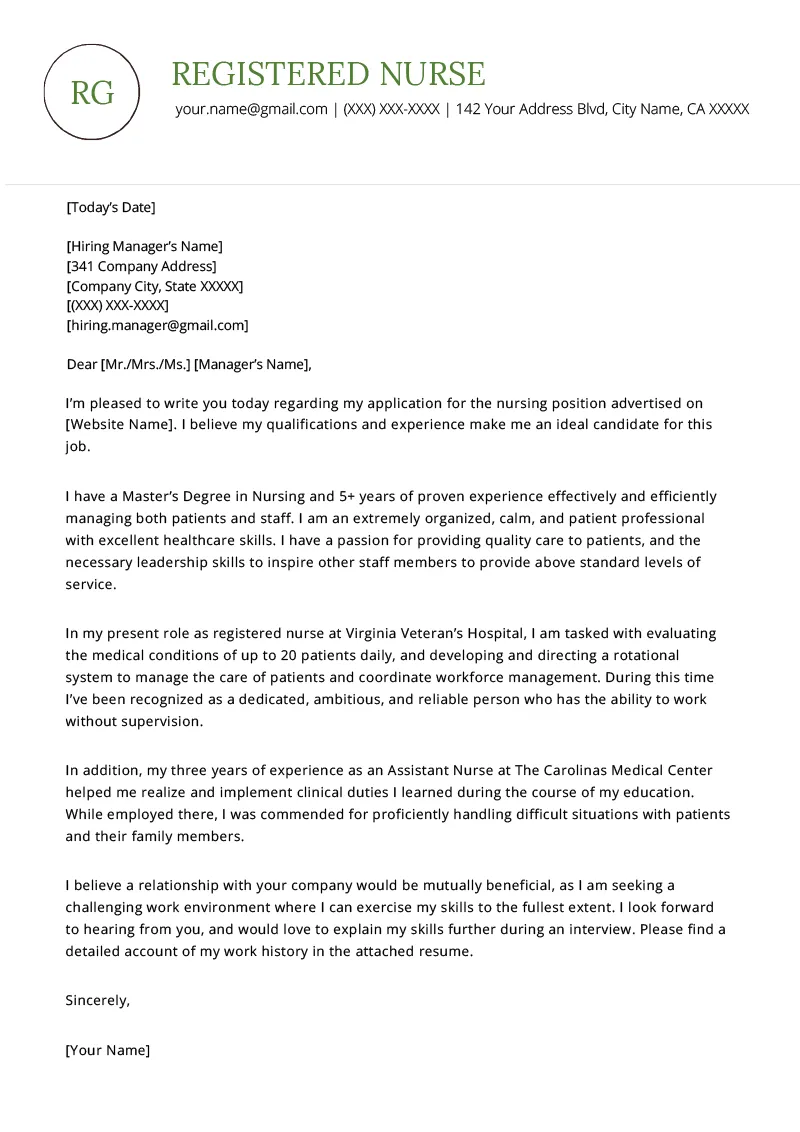
If possible, address the letter to a specific person, the hiring manager or the name of the department head. Researching the hiring manager’s name shows initiative and personalization. If you are unsure, use the job title or ‘Hiring Manager.’ It shows you care enough to tailor the letter and shows that you know what you’re doing. If you cannot find a name, the job title is the best alternative.
The Salutation
Use a professional salutation, such as ‘Dear Mr./Ms./Mx. [Last Name],’ or ‘Dear Hiring Manager,’ if a name is unavailable. Ensure you use the correct title and spelling of the name. Avoid using informal greetings like ‘Hello’ or ‘Hi.’ It’s very crucial to make a great first impression by sounding professional. Your cover letter could be the make or break of your application.
Crafting a Compelling Opening Paragraph
Start with a strong statement of your interest in the position and the organization. Briefly mention where you saw the job posting. Highlight a key skill or achievement that immediately grabs the reader’s attention. Express genuine enthusiasm for the role and organization. This is your chance to hook the reader. Clearly state your intention to apply for the position and briefly mention the most relevant skills. This could be any key skills required, such as patient care, experience with specific software, or a specific certification.
Highlighting Your Qualifications and Skills
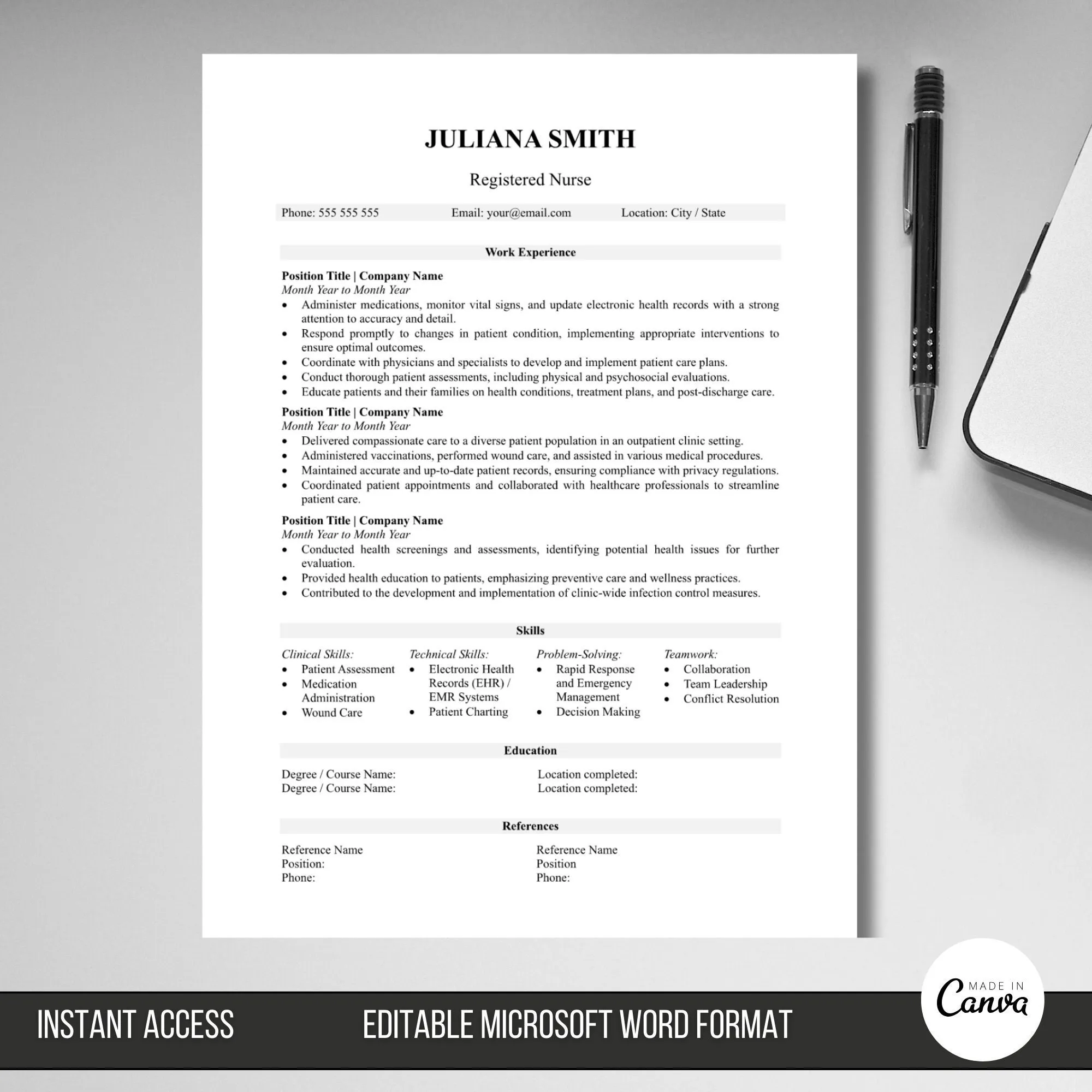
Focus on the most relevant skills and experience that align with the job description. Provide specific examples of how you’ve used these skills in previous roles. Mention your certifications, licenses, and any specialized training. Use keywords from the job posting to show you meet the requirements. Showcase your clinical expertise, patient care abilities, and any relevant technical skills you possess. This will make you stand out from other candidates.
Mentioning Relevant Experience
Choose experiences directly relevant to the job. Briefly describe your responsibilities and accomplishments in each role. Focus on experiences that demonstrate your ability to excel in the role. Always mention experiences that show you have the required skills for the job. Provide details of any awards you have obtained.
Showcasing Your Achievements
Quantify your achievements to demonstrate your value. Use metrics, data, and numbers to illustrate your successes. Highlight any improvements you’ve made in patient outcomes, efficiency, or safety. This is your chance to shine and show off your accomplishments. Don’t be shy; highlight anything you’ve done that can add value to the role.
Quantifying Your Accomplishments
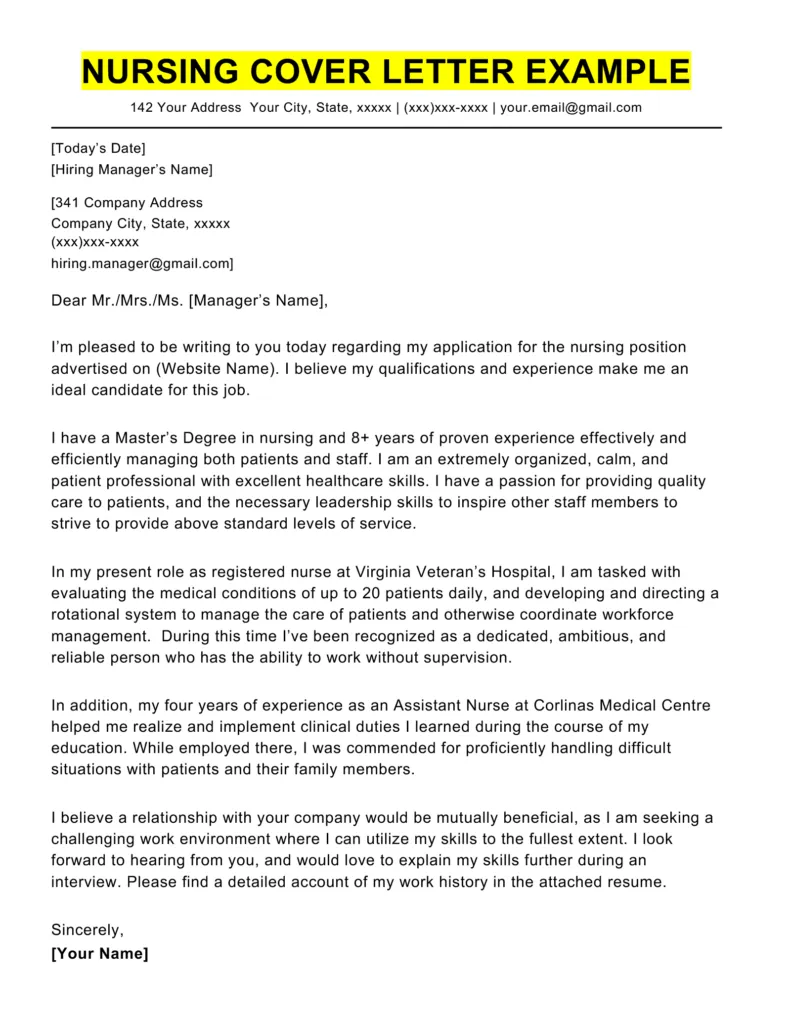
Use numbers and data to support your claims. For instance, if you improved patient satisfaction scores, state the percentage increase. If you reduced medication errors, specify the reduction rate. Quantifying your achievements adds credibility and impact to your letter. Make your achievements measurable and easy to understand. This helps the recruiter to understand your past performance.
Expressing Your Passion for Nursing
Convey your genuine enthusiasm for the nursing profession. Share why you are passionate about patient care and making a difference. Reflect on experiences that have shaped your passion and commitment. Let your personality shine through. Explain how you make a difference to patients.
Demonstrating Your Knowledge of the Organization
Research the organization and mention something that resonates with you. Highlight their mission, values, or recent achievements that align with your own. Demonstrate your understanding of their healthcare services or specific patient populations. This shows that you’re serious about working there. This shows you know their business and understand their mission.
Writing a Strong Closing Paragraph
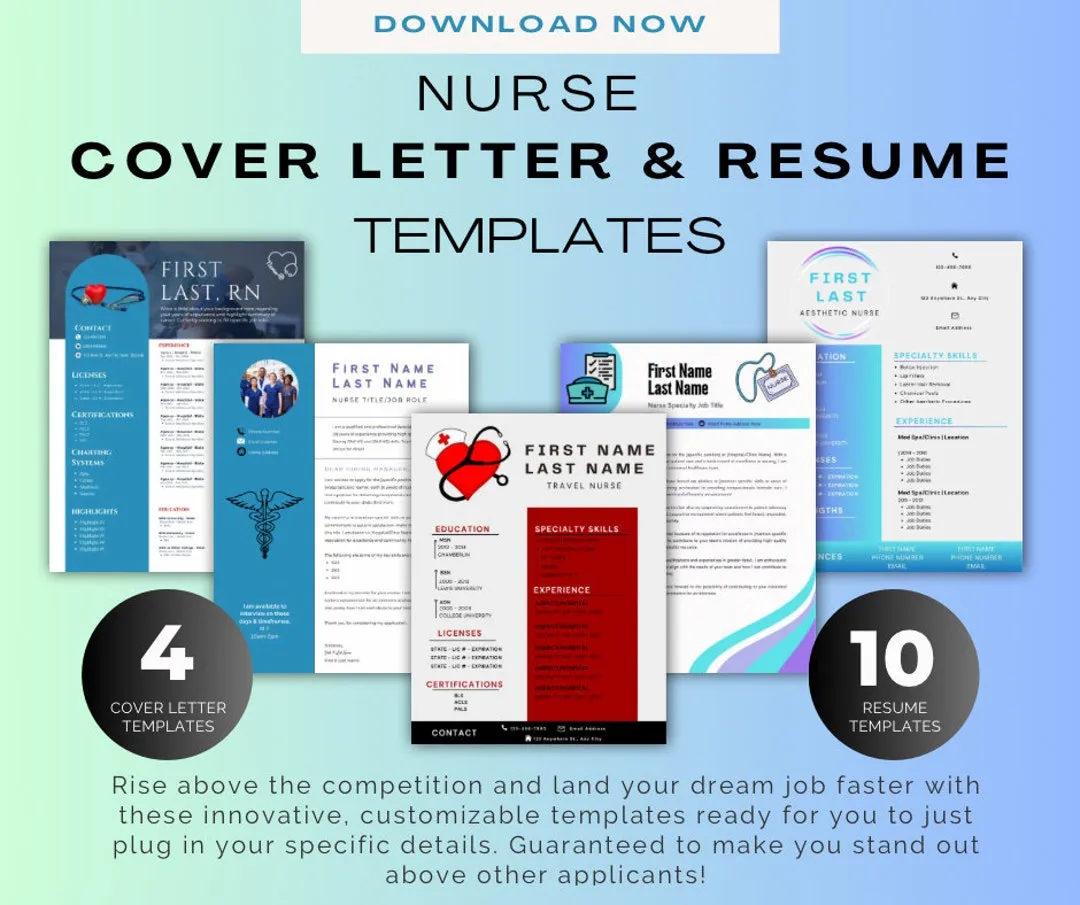
Summarize your key qualifications and reiterate your interest in the position. Express your gratitude for the reader’s time and consideration. Include a call to action to encourage an interview. Keep it concise and impactful to leave a lasting impression. Thank them for their time to solidify your enthusiasm. End with a statement that makes them want to learn more about you.
Reiterating Your Interest
Reiterate your strong interest in the position and the organization. Summarize why you are a good fit. Make sure they are reminded of what you can bring to their team. Ensure they remember your qualifications and show your enthusiasm.
Expressing Gratitude
Thank the hiring manager for considering your application. Show appreciation for their time and effort in reviewing your cover letter. This is a professional courtesy that leaves a positive impression. Being grateful is very important.
Including a Call to Action
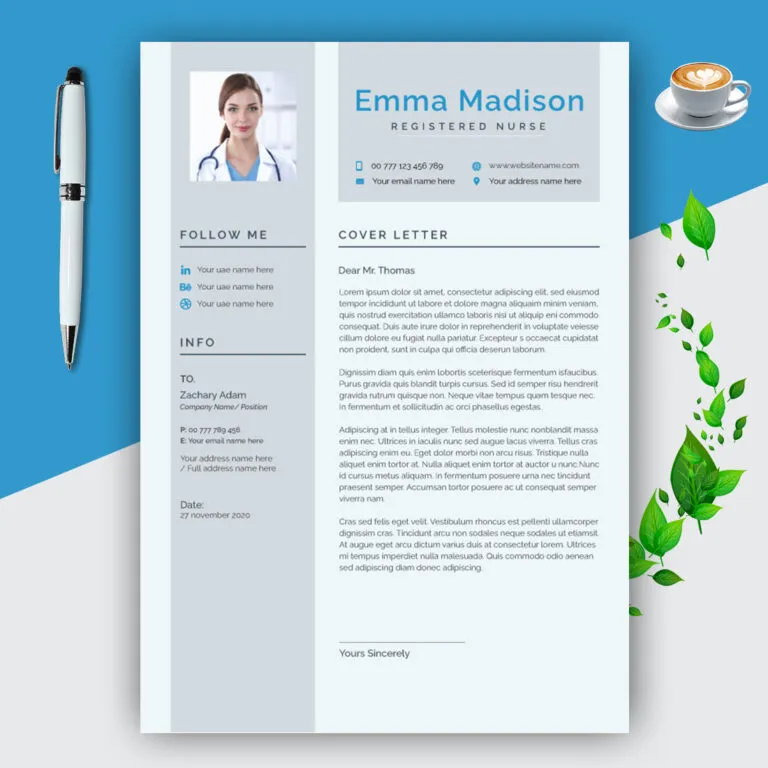
End with a call to action to invite an interview or further discussion. Express your availability for an interview and your eagerness to discuss your qualifications further. Make it clear you are ready to take the next step. State you look forward to the opportunity to speak with them.
Proper Formatting and Proofreading
Attention to detail in formatting and proofreading is critical for a professional appearance. A well-formatted and error-free cover letter demonstrates your professionalism and attention to detail. Ensure your cover letter looks clean and easy to read. It is a reflection of your overall professionalism. Ensure the font, spacing, and overall layout of your document are up to par.
Formatting Guidelines
Use a professional font such as Times New Roman, Arial, or Calibri. Keep the font size between 10 and 12 points. Use single spacing within paragraphs and double spacing between paragraphs. Maintain consistent margins (1 inch on all sides). Align your text to the left and avoid justifying it. Use clear headings and bullet points to organize information. This helps the recruiter to focus on your key points.
Proofreading for Errors
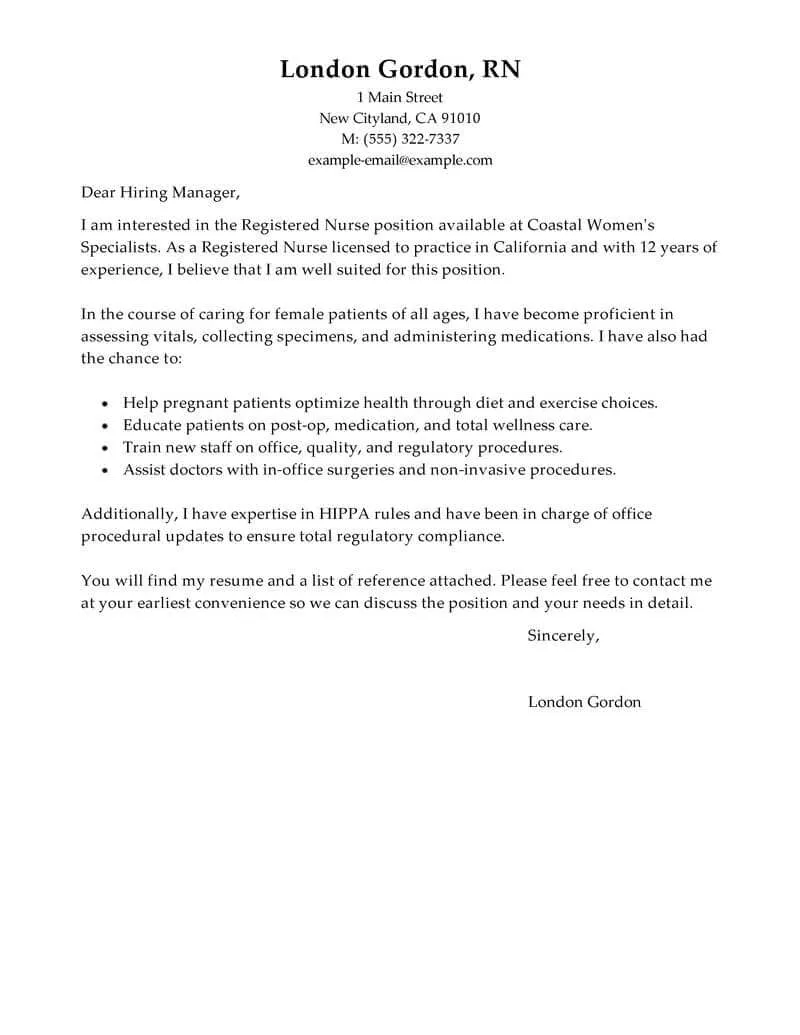
Carefully proofread your cover letter for any typos, grammatical errors, or inconsistencies. Check for correct spelling, punctuation, and sentence structure. Have someone else review your cover letter. It’s easy to miss errors in your own writing. Ensure your language is clear, concise, and professional. Use grammar check software. Ensure you’re delivering the right impression.
Tailoring Your Cover Letter
Customizing your cover letter for each job application is essential. A generic cover letter will likely be overlooked. Demonstrate that you have put the work in and are serious about the job. Show that you have prepared. Tailoring your cover letter shows that you care about the job and the employer. Don’t just submit the same cover letter for every role.
Researching the Employer
Research the healthcare organization and the specific job requirements. Understand their mission, values, and any recent news or initiatives. Tailor your letter to demonstrate your knowledge of the organization and how your skills align with their needs. The best way to show you care is by researching the organization first. Customize your cover letter by knowing what they are about.
Customizing Your Letter
Use the job description as your guide to tailor your letter. Highlight the skills, experience, and qualifications that match the job requirements. Use keywords from the job description in your letter. Address the specific needs and goals of the healthcare organization. Show how your skills and experience can contribute to their success.
Nurse Cover Letter Examples and Templates
Utilizing examples and templates can provide a helpful framework for creating your cover letter. Review examples and templates that are tailored to nursing roles and experience levels. Use these resources to understand the structure, language, and tone that work well in the nursing field. Adapt the examples and templates to suit your own qualifications and the specific job you are applying for. These examples can help you to build your own cover letter.
Example 1 Recent Graduate
This is tailored to nurses who are new to the profession. The focus is on education, clinical rotations, and any volunteer experience. Highlight any relevant coursework, skills, or certifications obtained. Include any awards or academic achievements. Be sure to highlight your enthusiasm. Show them that you want the job.
Example 2 Experienced Nurse
This is written for nurses with years of experience. This highlights the accomplishments, skills, and career progression. Include specific details of experience, such as patient care, leadership roles, and any specialized expertise. Quantify achievements with data and metrics. Show how you have contributed to the success of previous employers. This is where you highlight your achievements.
Common Mistakes to Avoid
Avoiding common mistakes can significantly improve the effectiveness of your cover letter. Be aware of the pitfalls that can undermine your application. Ensure you take the proper steps and do what’s needed to succeed. These mistakes are simple to fix.
Generic Cover Letters
Avoid using a generic cover letter that is not tailored to the specific job. Customize your letter for each application to show that you have done your research. Address the job requirements and employer’s needs. Generic cover letters show that you have not put the time in. Be sure to focus on the specific job you’re applying for.
Typos and Grammatical Errors
Proofread your cover letter meticulously for any typos and grammatical errors. These errors create a negative impression of your attention to detail. Ensure all your spelling, punctuation, and sentence structure are correct. Have someone else review your letter for you. Errors can cause you to be rejected. Make sure to proofread your cover letter.
Ignoring the Job Description
Make sure you carefully read the job description and address the requirements in your cover letter. Failure to address the requirements shows you may not be a good fit. Highlight how your skills and experience align with the job description. Tailor your letter to show that you are a great fit.
Submitting Without Proofreading
Always proofread your cover letter before submitting it. Ensure there are no errors and the formatting is professional. Check for any inconsistencies or missing information. Ensure you have followed all the necessary guidelines.
Finalizing and Submitting Your Cover Letter
The final steps of finalizing and submitting your cover letter are very important. Follow these steps to ensure a smooth application process. Make sure your application is submitted correctly. Don’t rush, and be sure to take your time with your application.
Saving Your Cover Letter
Save your cover letter in a professional format, such as PDF. This helps to preserve the formatting and ensures that the hiring manager views it as intended. Name the file with your name and the job title. PDF is very important, as it maintains the format.
Submitting Your Application
Follow the instructions provided in the job posting. Upload your cover letter and resume as requested. Ensure all the required documents are included. Double-check to make sure all the necessary documents are there. Submit your application by the deadline. This will ensure you are considered for the role.
